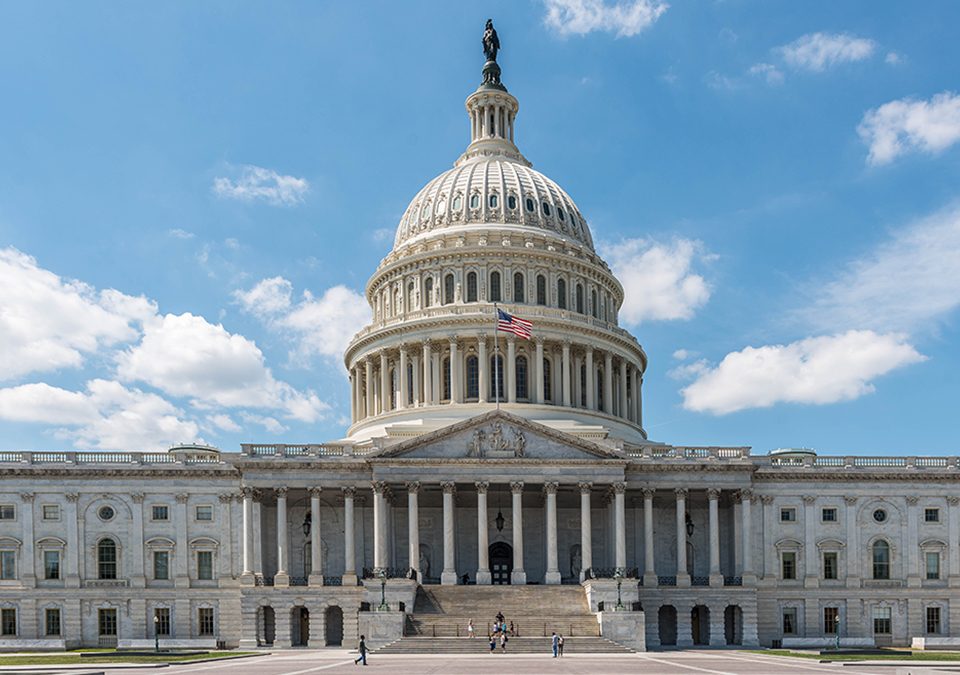The Bureau of Ocean Energy Management (BOEM) and the Bureau of Safety and Environmental Enforcement (BSEE) announced they will advance new research into whether certain policy changes could help increase oil and gas production from deepwater infrastructure already in place in the Gulf of Mexico (GOM).
“President Trump recognizes smart policy requires us to look for adjustments that need to be made today to facilitate U.S. offshore competitiveness, or we will experience problems tomorrow,” said Scott Angelle, BSEE Director. “This research will help ensure our Nation continues to achieve top oil and gas production by reducing stranded assets. A cursory review of the preliminary data suggests the time is right to usher in updated policies to ensure we are efficiently developing our natural resources and value for the American people.”
The study will examine specific economic parameters used by BOEM and BSEE for new and high-cost technologies like extended-reach subsea tiebacks. Implementation of these parameters could minimize stranded or left behind hydrocarbon resources. This research would apply to developments that might connect to deepwater facilities that have additional production capacity.
“BSEE has provided some important initial data, and our team will consider the economic parameters used to examine these extended-reach subsea tieback projects given the capacity that exists in the region,” said BOEM Acting Director Walter Cruickshank. “Based on that analysis, BSEE could then have more tools to minimize stranded resources.”
Deepwater production, which comes from depths greater than 200 meters, accounts for 92% of total GOM offshore oil production, and 14% of all domestic oil produced in the U.S. In 2019, facilities in deepwater GOM averaged a record-breaking 1.7 million barrels of oil per day. America is the top producing Nation, thanks in great part to the GOM, and facilitating production in the GOM is critical for our Nation’s national security, economy, and American jobs.
About 4 out of 5 deepwater facilities are producing less than 50% of their daily oil production capacity, based on a three-year average of daily production rates. Through collaboration, BOEM and BSEE identified contingent resources that exist 30-60 miles away from existing facilities. This research will identify any difficulties that new technological advances may face, that could potentially hinder production and project economics.
Background
Under the OCS Lands Act, the Department of the Interior must regulate in the interest of conservation of OCS natural resources while ensuring receipt of fair market value. This includes both protecting the mineral resource from waste and receiving a fair return for the public’s resources. BSEE is obligated under its regulations to consider actions that would further the goal of conserving remaining GOM deepwater hydrocarbon resources.
Under a longstanding agreement, BOEM’s Economics Division conducts economic, statistical, engineering, and cost-benefit analysis to evaluate policies for offshore energy and minerals programs as well as works to ensure receipt of fair market value for the rights to produce offshore energy and mineral resources. Tying additional oil and gas production to a facility with existing capacity could ultimately result in more efficient development of natural resources and value for the American public.
The BOEM team has begun to evaluate the specific features of deepwater facilities, examine whether changes to the economic parameters used by BSEE could lead to expanded production or address other BSEE policy goals, and make recommendations as appropriate.
For More Information
Once the evaluation is completed, it will be posted on boem.gov and bsee.gov, along with any next steps.
BOEM’s economics information can be found at https://www.boem.gov/oil-gas-energy/energy-economics.
To learn more about BSEE’s deepwater activity, go to https://www.bsee.gov/stats-facts/ocs-regions/gulf-of-mexico/deepwater_activity.



